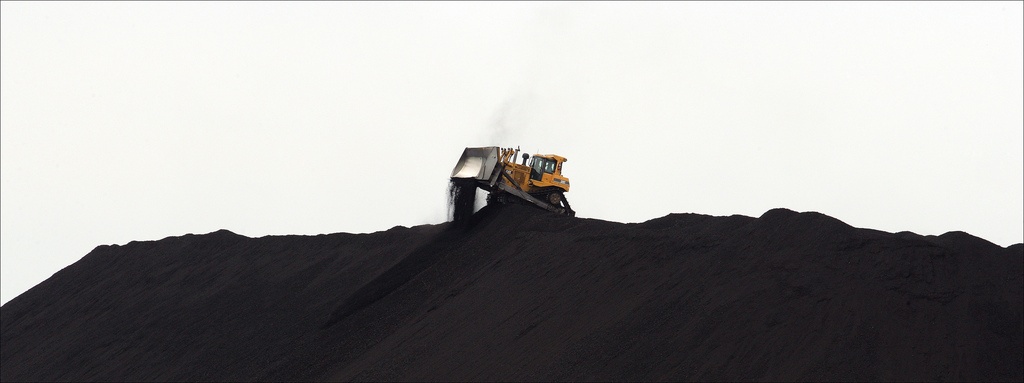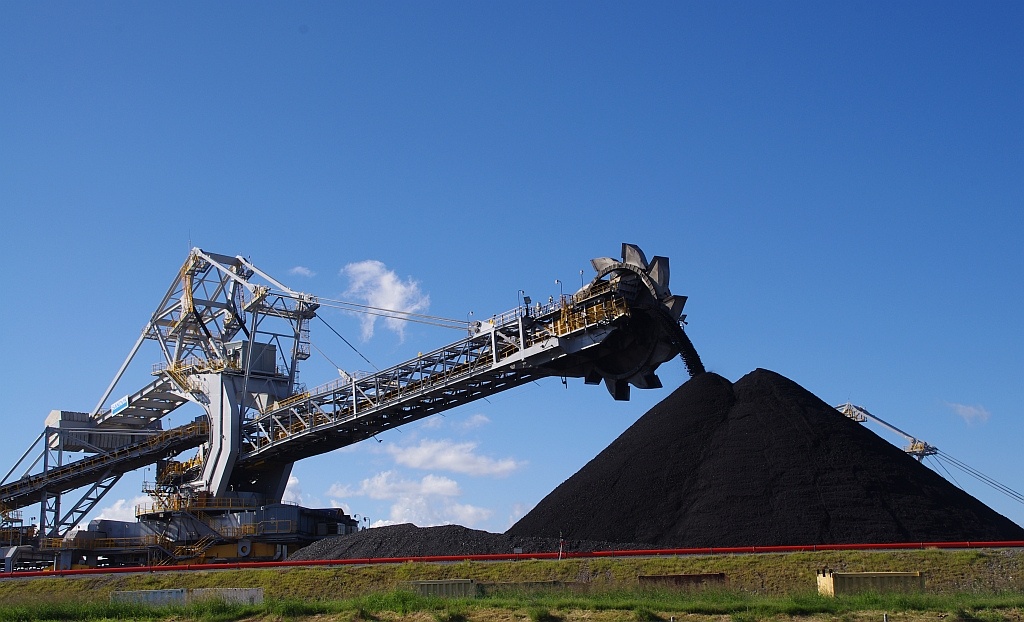Policy makers have reaffirmed their commitment to the health and safety of mineworkers, and can take advantage of recent technological innovations to help.
Today’s mining companies recognize that continuous performance improvement is necessary to achieve the goals of reducing worker exposure to respirable coal and silica. Now, new technology is working to alleviate the health effects of mine dust and allowing us to once again appreciate the value and power of coal.
Rallying for the Miners

In 2014, the Mine Safety and Health Administration (MSHA) announced its final ruling to lower miners’ exposure to respirable dust in all mining sites. The legislation’s goal was to reduce health risks by increasing mine sampling, using new technology for sampling results, reducing dust standards, and taking immediate action if necessary. The policy was intended to keep miners safe while they earn their livelihoods.
And it’s already working — MSHA data from 2015 calls it the safest year in mining history to date. Joseph A. Main, assistant secretary of labor for mine safety and health, issued the following statement: “The progress we made in 2015 is good news for miners and the mining industry. It is the result of intensive efforts by MSHA and its stakeholders that have led to mine site compliance improvements, a reduction of chronic violators, historic low levels of respirable coal dust and silica, and a record low number of mining deaths.”
Technology Saves Lives

Various new technological solutions have been developed to combat and prevent unsafe situations in mines, including improved communication equipment and sophisticated SCBA breathing apparati, reports Infomine. Miners are protected by innovations like rescue chambers — reinforced boxes stocked with life-saving supplies for trapped miners.
This safety measure has proven its efficacy: in 2006, it saved the lives of 72 Canadian miners trapped underground.
In terms of dust control, the Assistant Secretary of the MSHA attributes the reduction of dust levels to the increased use of ventilation systems, wet dust suppression, and environmentally controlled cabs in vehicles. Wet dust suppression, which involves the use of water sprays, water guns, and mists, helps control dust, but at a high financial and environmental cost.
The Best Fix
Affordable dust control alternatives are essential to protecting the lives of miners and surrounding environments from harmful air pollutants. Midwest Industrial Supply, Inc. offers efficient and environmentally friendly dust control solutions, specifically developed for the needs of the mining industry.
For the various types of mine haul road dust, Midwest’s dust suppressants reduce the need for watering and grading and minimize the the harmful effects of dust, all while creating stronger and more durable road surfaces. Midwest also offers products such as EK35® to prevent the emission of dust particles, and a Managed Services Program for a site-specific dust control and surface management process.
With these effective and eco-friendly innovations, the mining industry can promote a thriving coal business while also protecting the health of miners and the environment.
(Image Credit: Alan Newman/Flickr; Kentucky Photo File/Flickr; eyeweed/Flickr)


